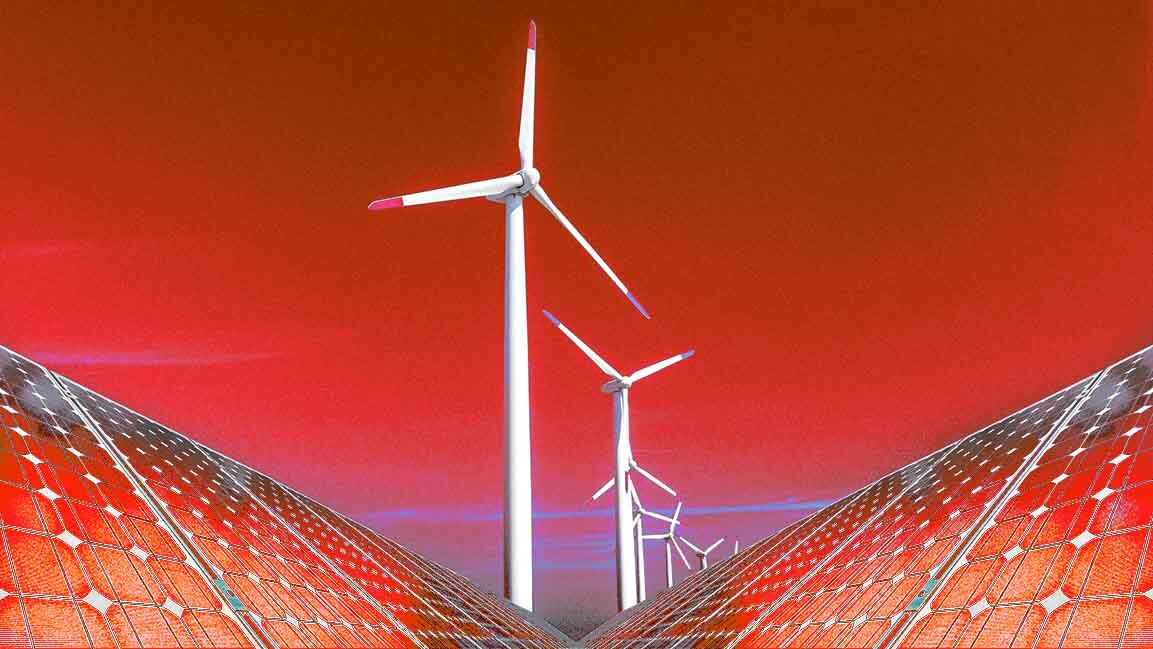- | 11:00 am
Renewables set to supply half of global electricity by 2030
Solar PV is forecast to account for a massive 80% of the growth in global renewable capacity between now and 2030

The new Renewables 2024 report by the International Energy Agency (IEA) predicts that renewable energy sources, with solar power leading the way, will meet nearly half of the global electricity demand by the end of this decade. Favorable policies and economic advantages largely fuel this surge in renewable energy.
According to the report, global renewable power capacity is set to increase by 5,500 GW between 2024 and 2030, equivalent to the combined current capacity of China, the EU, India, and the US. Solar PV will dominate, accounting for 80% of this growth, supported by large-scale solar plants and rooftop installations.
In terms of technologies, solar PV is projected to represent a staggering 80% of the growth in global renewable capacity between now and 2030. This increase will stem from the construction of new large solar power plants and a rise in rooftop solar installations by companies and households.
The wind sector is also poised for recovery, with expansion rates expected to double from 2024 to 2030 compared to 2017 to 2023. Both wind and solar PV have already established themselves as the most cost-effective options for new electricity generation in most countries.
Nearly 70 countries, accounting for 80% of global renewable capacity, are on track to meet or exceed their 2030 renewable goals. However, this growth will fall short of the COP28 objective to triple global renewable capacity by 2030, with current projections indicating a 2.7-fold increase from 2022 levels.
The IEA analysis suggests that achieving the tripling target is possible if governments take immediate action. This includes establishing ambitious plans in next year’s Nationally Determined Contributions under the Paris Agreement and enhancing international cooperation to lower high financing costs in emerging regions such as Africa and Southeast Asia.
The IEA’s Executive Director, Fatih Birol, emphasized the rapid growth of renewables and their potential to transform electricity systems worldwide. “This is mainly driven not just by efforts to lower emissions or boost energy security – it’s increasingly because renewables today offer the cheapest option to add new power plants in almost all countries worldwide,” he said.
By 2030, renewables are projected to meet half of global electricity demand, with wind and solar PV accounting for 30%. The report highlights the necessity of addressing challenges such as grid integration and curtailment. Governments must invest in grid modernization and enhance storage capacity to utilize renewable energy effectively.































